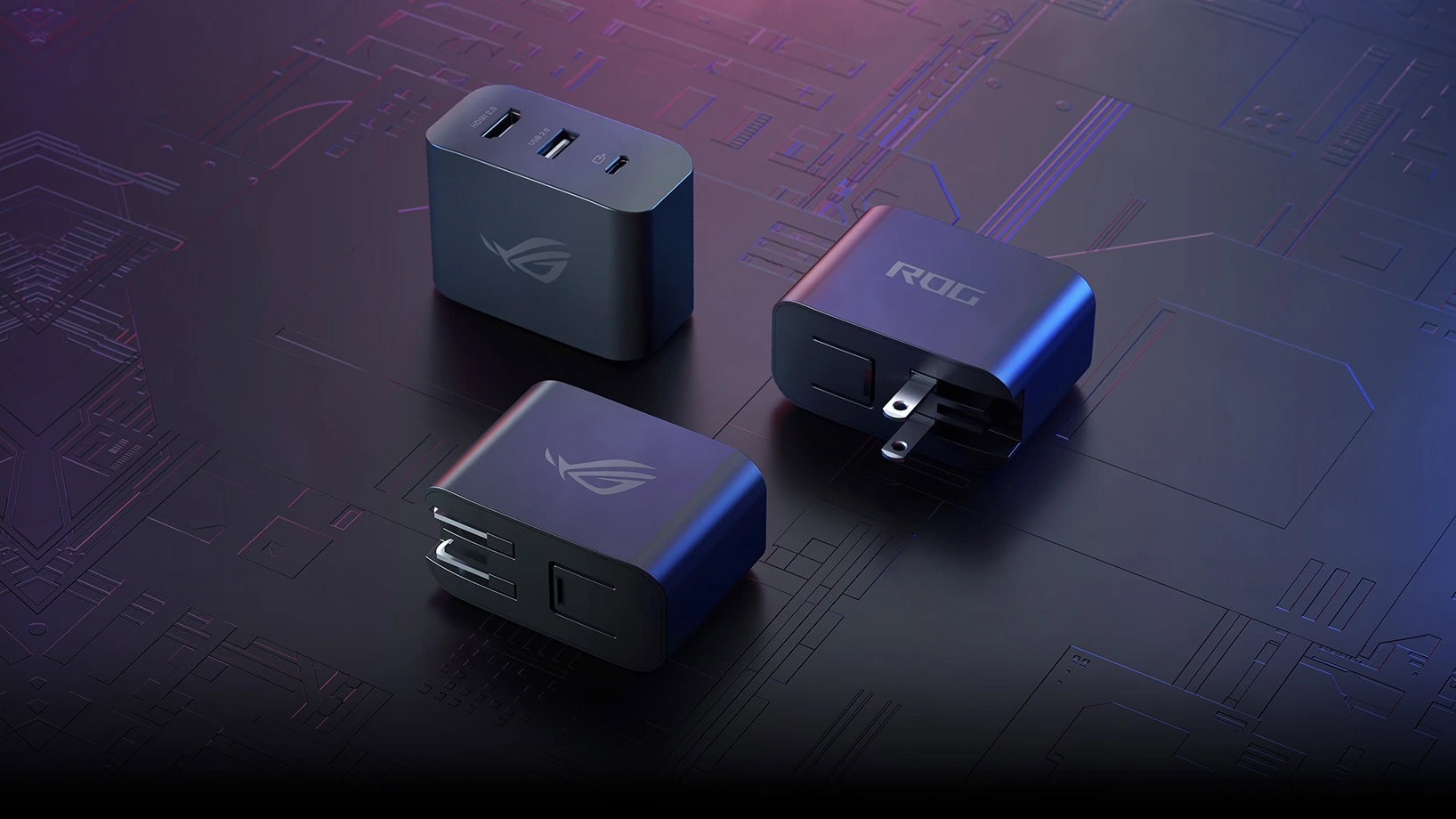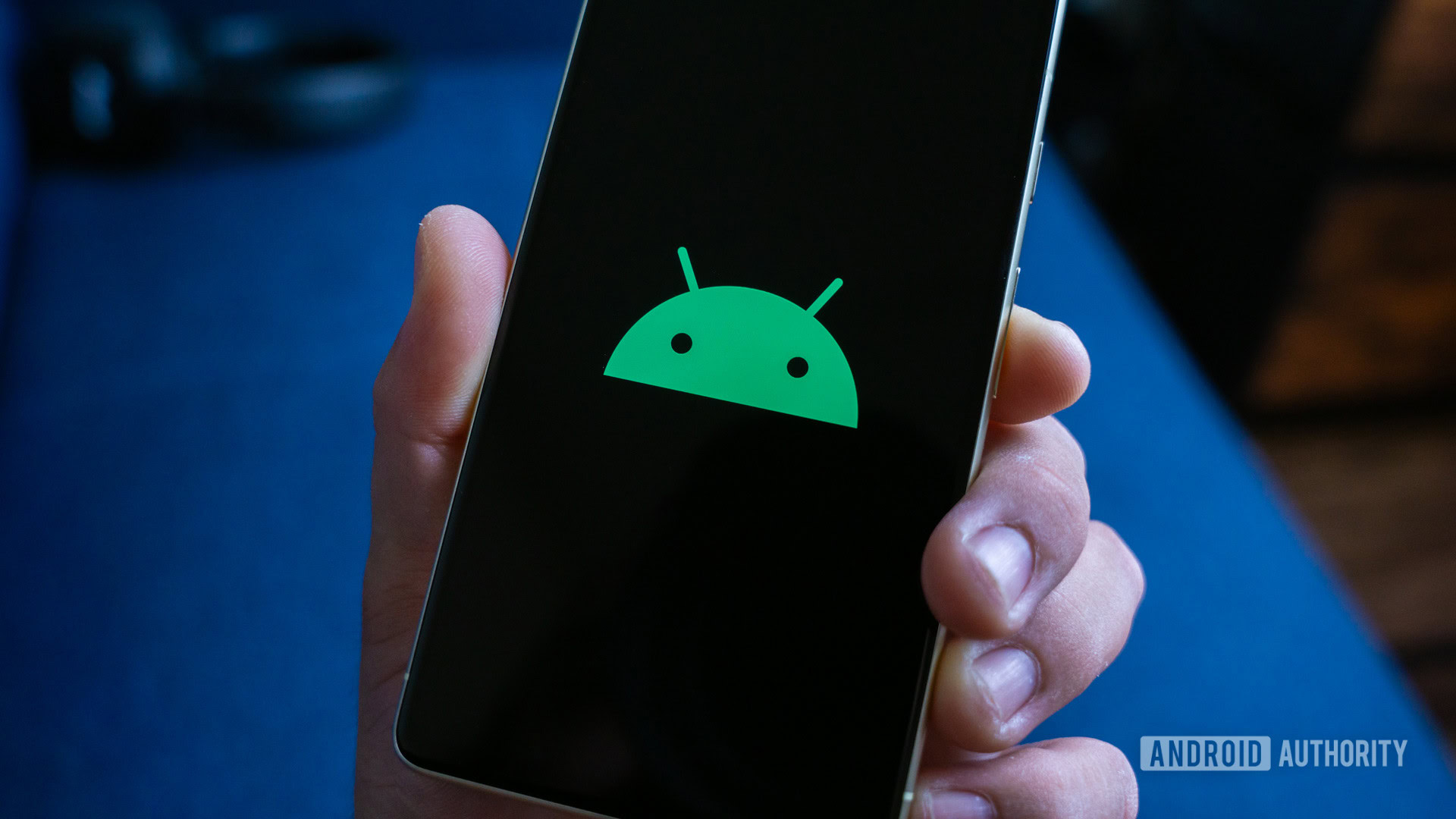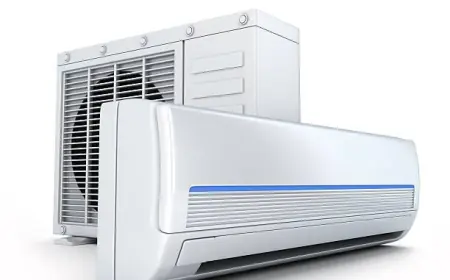Understanding Red Light Therapy and Its Role in Medical Weight Loss Programs
Discover how red light therapy supports medical weight loss programs by enhancing fat metabolism, improving circulation, and aiding muscle recovery. Learn more!

Red light therapy has gained significant attention in recent years for its potential in promoting overall wellness. As a non-invasive treatment, it is widely used for skin health, pain relief, and muscle recovery. However, one of the lesser-known yet promising applications is its role in supporting medical weight loss programs.
What is Red Light Therapy?
Red light therapy, also known as low-level laser therapy (LLLT) or photobiomodulation, is a treatment that uses specific wavelengths of red and near-infrared light to penetrate the skin and stimulate cellular activity. This process enhances mitochondrial function, which plays a crucial role in energy production and cellular repair. Unlike UV light, red light therapy does not cause damage to the skin; instead, it promotes natural healing and rejuvenation at a cellular level.
How Red Light Therapy Works
Red light therapy works by stimulating mitochondria, the powerhouse of the cell, to produce more adenosine triphosphate (ATP), the body's primary energy source. This increased ATP production supports cellular regeneration and improves circulation, leading to a range of therapeutic effects.
When used in conjunction with medical weight loss programs, red light therapy may enhance fat metabolism and improve the body’s ability to process and eliminate fat cells. The light wavelengths penetrate deep into the tissue, potentially breaking down fat stores and reducing inflammation, which can contribute to more effective weight management results.
Red Light Therapy and Fat Reduction
One of the main reasons red light therapy has been explored in weight loss is its potential to trigger fat cell shrinkage. Some studies suggest that exposure to red light can create temporary pores in fat cells, allowing stored lipids to be released into the bloodstream and used as energy. While red light therapy alone may not lead to significant weight loss, when combined with a structured medical weight loss program, it can serve as a complementary tool for optimizing results.
The Connection Between Red Light Therapy and Metabolism
A well-functioning metabolism is essential for weight management, and red light therapy may support this process. By improving circulation and oxygenation, red light therapy enhances cellular efficiency, potentially leading to a faster metabolic rate. This could help individuals following medical weight loss programs by promoting better calorie utilization and reducing fat accumulation over time.
Additionally, red light therapy may aid in reducing insulin resistance, which is a common challenge in weight management. By improving insulin sensitivity, the body can regulate blood sugar levels more effectively, decreasing the likelihood of excess fat storage.
How Red Light Therapy Supports Lifestyle Changes
Sustainable weight loss goes beyond just shedding pounds—it involves long-term lifestyle changes, including improved diet and regular exercise. Red light therapy can support these efforts by reducing muscle soreness, enhancing recovery, and minimizing joint discomfort, making it easier for individuals to stay active.
For those engaged in rigorous exercise routines as part of a medical weight loss program, red light therapy can help accelerate muscle repair and decrease post-workout fatigue. This ensures consistency in physical activity, which is a key factor in maintaining long-term weight loss success.
Integrating Red Light Therapy into Medical Weight Loss Programs
Medical weight loss programs are designed to provide personalized strategies for effective and sustainable weight management. These programs often include dietary counseling, exercise plans, and medical interventions such as appetite suppressants or hormone therapy. Adding red light therapy to these programs may enhance results by:
-
Promoting better circulation and fat metabolism
-
Reducing inflammation, which is linked to obesity-related conditions
-
Supporting muscle recovery and reducing pain from physical activity
-
Enhancing skin elasticity, which can be beneficial after weight loss
While red light therapy is not a standalone weight loss solution, it can serve as a valuable addition to medical weight loss programs by supporting the body’s natural functions and optimizing overall well-being.
Choosing the Right Red Light Therapy Treatment
If you are considering incorporating red light therapy into your weight loss journey, it is essential to choose the right type of treatment. Red light therapy devices vary in wavelength, intensity, and application. Some options include:
-
Professional Red Light Therapy Sessions: Available at wellness clinics and weight loss centers, these treatments offer high-quality equipment and expert guidance.
-
At-Home Red Light Therapy Devices: For those looking for convenience, FDA-approved at-home devices can provide similar benefits when used consistently.
-
Full-Body Red Light Therapy Beds: Found in some wellness centers, these beds allow for full-body exposure, maximizing the therapy’s effects.
When selecting a treatment, consult with a healthcare provider to ensure it aligns with your overall medical weight loss plan and health goals.
Conclusion
Red light therapy is emerging as a powerful tool that can complement medical weight loss programs by enhancing fat metabolism, supporting muscle recovery, and improving metabolic function. While it is not a substitute for traditional weight loss methods, it can be an effective addition to a well-rounded approach that includes proper nutrition, exercise, and medical guidance. If you are exploring ways to optimize your weight loss efforts, red light therapy may be worth considering as part of your holistic wellness strategy.
What's Your Reaction?
 Like
0
Like
0
 Dislike
0
Dislike
0
 Love
0
Love
0
 Funny
0
Funny
0
 Angry
0
Angry
0
 Sad
0
Sad
0
 Wow
0
Wow
0














































